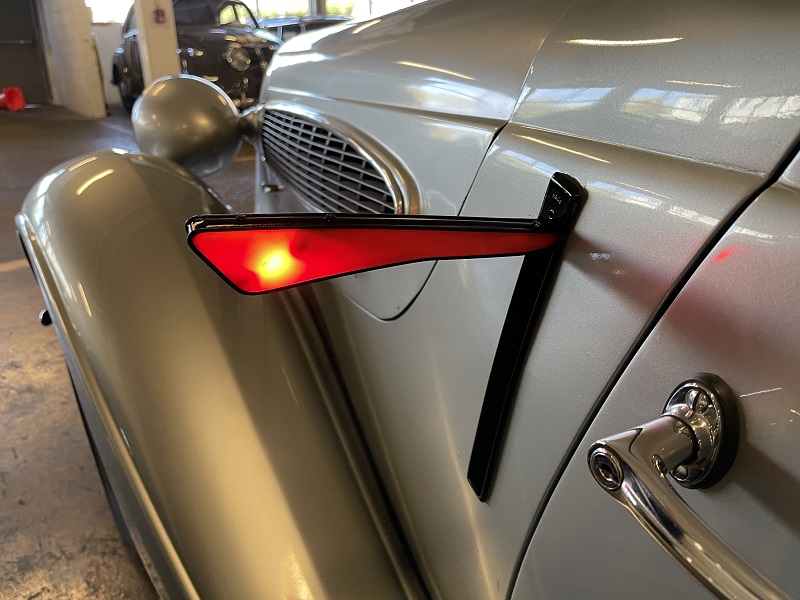Driving with safety and efficiency heavily relies on effective communication between drivers on the road. Among the most crucial signaling devices in any vehicle is the blinker, also known as the turn signal or indicator. The blinker plays a pivotal role in indicating a driver's intention to turn or change lanes, ensuring the safety and coordination of traffic flow.
Believe it or not, signaling devices have been around for much longer than you might think. In the early days of automobiles, drivers needed a way to indicate their intentions to others on the road. The earliest attempts at signaling were quite rudimentary, with drivers using their hands to wave or point in the direction they intended to turn. While this method worked to some extent, it was far from perfect. It required the driver to take their hands off the wheel, compromising their ability to steer safely. Plus, it was nearly impossible to use hand signals at night or in poor weather conditions.
As vehicles became more widespread, the need for a more efficient signaling system became evident. Inventors and engineers started experimenting with mechanical signaling devices that could be easily operated without taking one's hands off the wheel. One of the earliest mechanical signaling systems was the semaphore, a contraption that used mechanical arms to indicate turns. However, these systems had their fair share of challenges. They were prone to malfunctioning, and their visibility was limited, making it difficult for other drivers to interpret the signals accurately. Despite these setbacks, the wheels of progress were turning, and the stage was set for a revolutionary breakthrough.

(photo of a semaphore indicator)
And then, in the midst of automotive evolution, came the game-changer: the electric blinker. Invented in the early 20th century, electric blinker systems quickly gained popularity and found their way into mainstream vehicles. These systems used small, flashing lights located on the front, rear, and sides of the vehicle to indicate turns or lane changes. They were intuitive, easy to use, and most importantly, highly visible to other drivers on the road. The electric blinker revolutionized automotive safety, bringing a new level of communication and predictability to the chaotic world of traffic. Finally, drivers could indicate their intentions with a simple flick of a switch, making the roads a little less unpredictable.

(photo of modern electric indicator)
Compared to their predecessors, electric blinkers offered several advantages. They were more reliable, operating consistently without the need for complicated mechanical mechanisms. They were also highly visible, making it easier for drivers both ahead and behind to spot the blinking lights and respond accordingly. Electric blinkers improved the efficiency and safety of driving, significantly reducing the chances of accidents caused by unexpected turns or sudden lane changes.
So next time you use your blinker, take a moment to appreciate the ingenious invention that it is. It may seem like a small thing, but the blinker has had a massive impact on the way we navigate the roads, making our daily commutes a little smoother and safer.
Are blinkers legally required?
Yes, blinkers are legally required in Missouri. See section 307.365, RSMo. (3) “Every vehicle manufactured after January 1, 1954, must be equipped with mechanical or electrical turn signals.”
What are potential future developments in blinker technology?
Future developments in blinker technology may include advancements such as integrated smart systems. These could involve automatic activation based on vehicle sensors, improved visibility through advanced lighting technologies, and potential integration with vehicle-to-vehicle communication systems to enhance safety and coordination on the road.